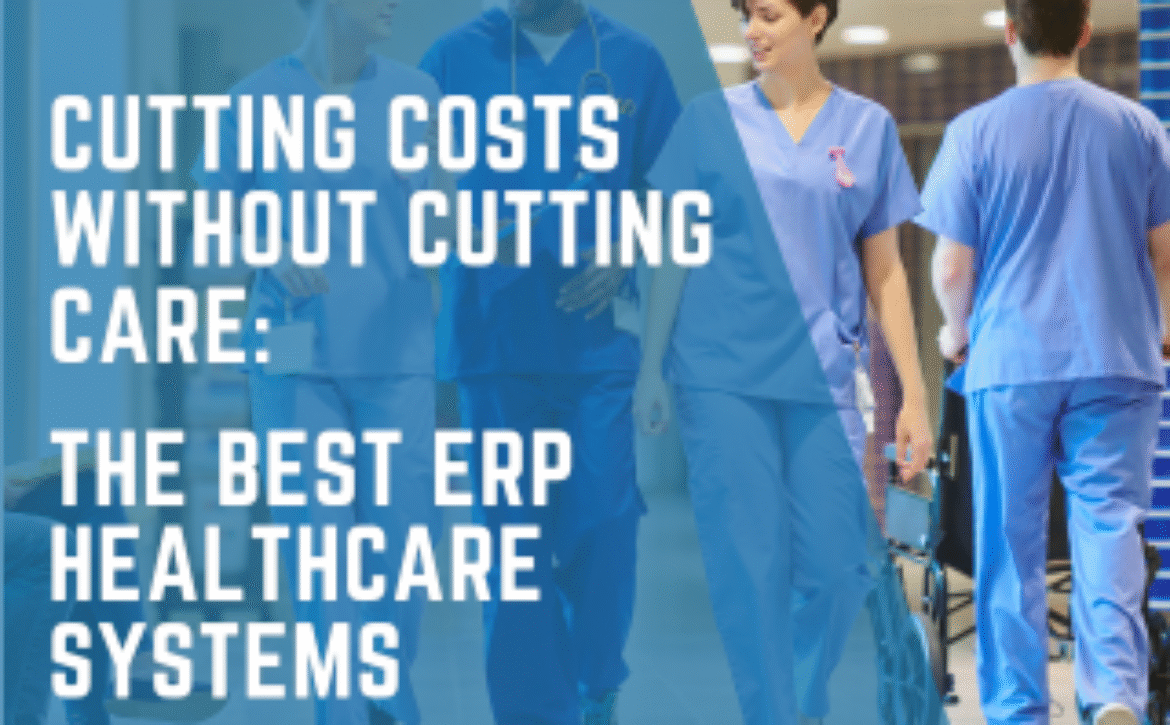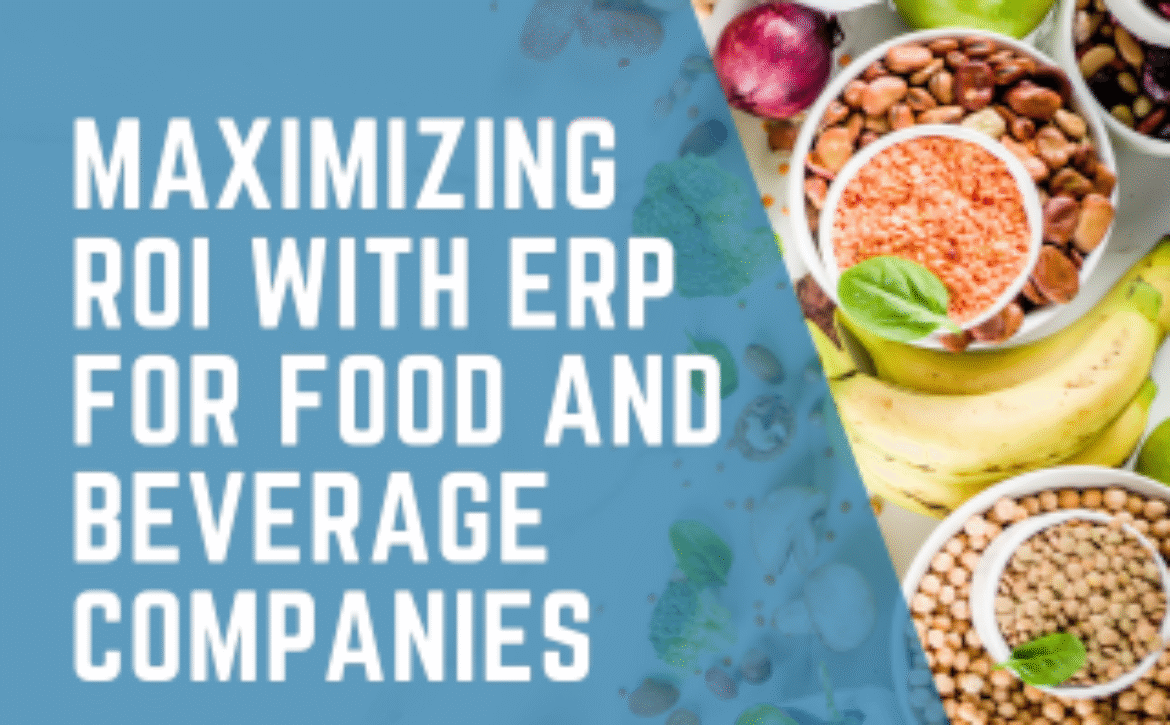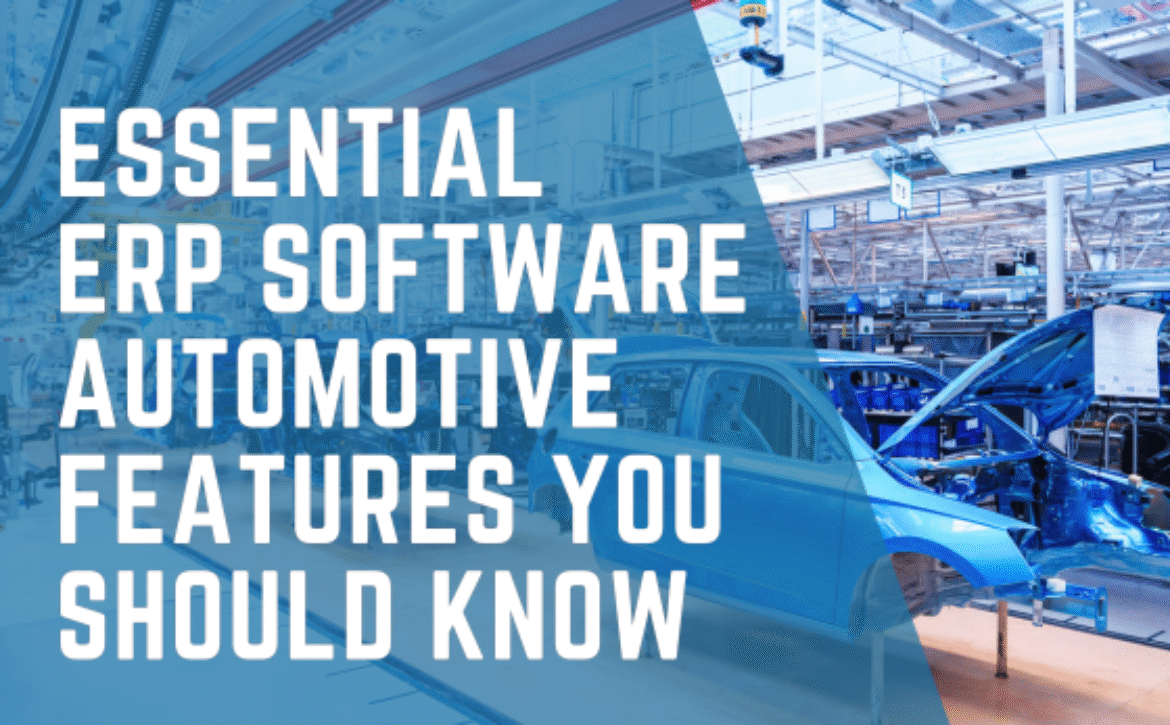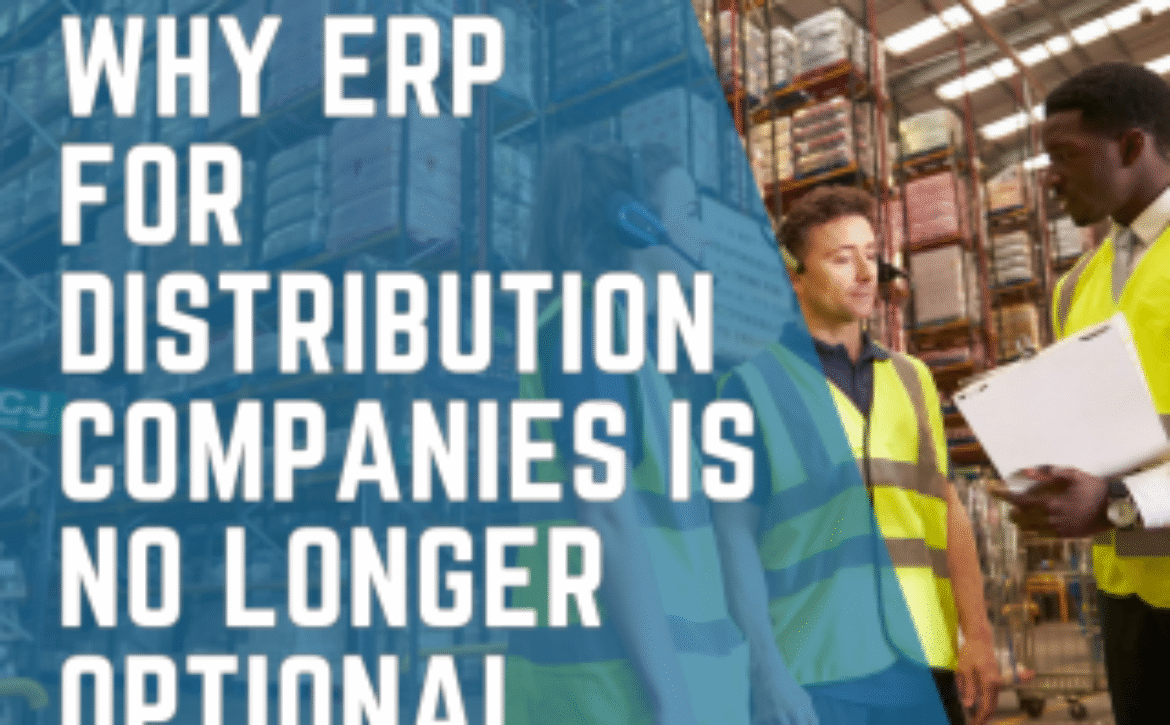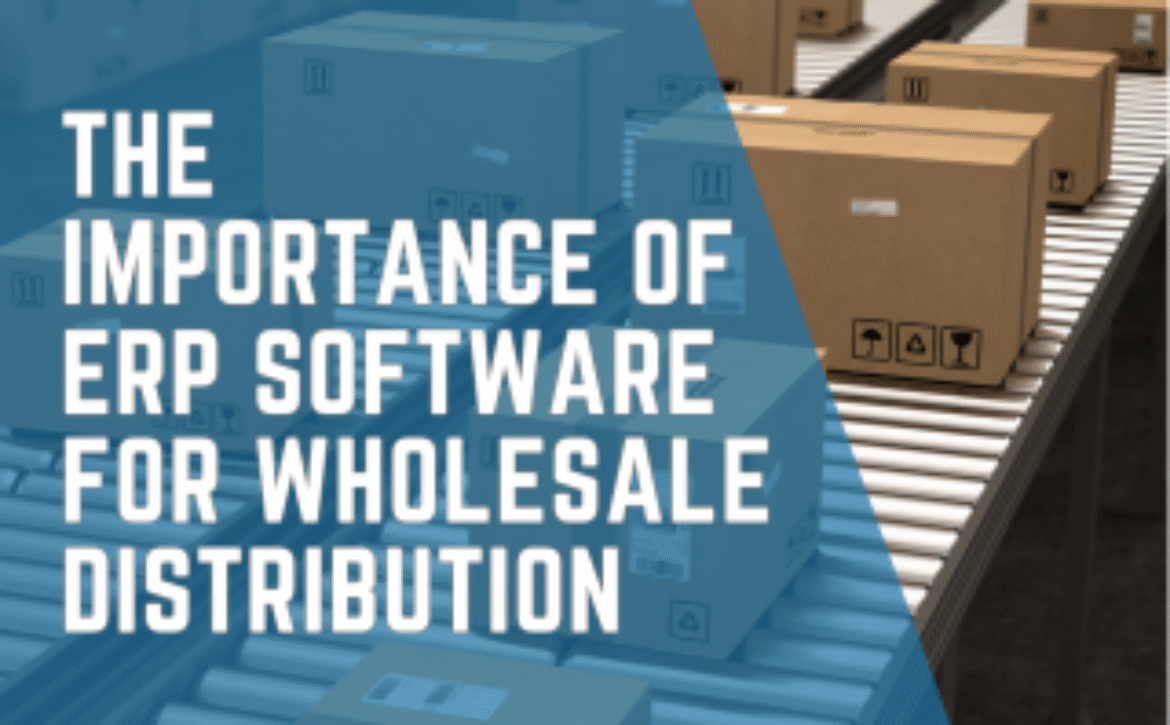Cutting Costs Without Cutting Care: The Best ERP Healthcare System
In today’s healthcare sector, CFOs and CEOs are under constant pressure to maintain financial stability, ensure regulatory compliance, and optimize operational efficiency. Choosing the best ERP healthcare systems like Sage Intacct is crucial for healthcare finance leaders to mitigate risks and control costs effectively. The complexity of healthcare billing, multi-entity organizations, and the need for accurate reporting make risk management more challenging than ever.
Common Financial Challenges Facing Healthcare CFOs with ERP Healthcare Systems
Healthcare finance leaders grapple daily with numerous risk factors that can severely impact an organization’s financial health, including:
- Complex billing and reimbursement cycles: With multiple payers and fee schedules, manual billing processes can lead to errors and revenue leakage.
- Delayed or denied reimbursements: Inaccurate claims or insufficient documentation often cause slow payments, which strain cash flow.
- Budget overruns and cost control difficulties: Lack of integrated financial data hinders accurate budgeting and forecasting.
- Disparate systems and manual reconciliations: Healthcare organizations often run on multiple legacy systems, leading to fragmented data and manual processes that increase error risk and delay reporting.
- Regulatory compliance pressures: CFOs must ensure adherence to HIPAA, HITECH, and SOX standards to avoid costly penalties.
These issues result in financial inefficiencies, increased risk of audit findings, and limited ability for proactive decision-making.
Sage Intacct: The Core Solution for ERP Healthcare Systems
Sage Intacct stands out as the premier ERP healthcare system designed specifically to address the complex financial needs of healthcare organizations. Its comprehensive cloud-based financial management platform delivers:
- Accounts Payable Automation: Streamlines invoice processing and payments to reduce errors and free staff time.
- Multi-Dimensional General Ledger: Enables detailed financial tracking by department, location, provider, or CPT code, providing granular insights.
- Advanced Audit Trails: Full transparency with timestamps and user IDs supports rigorous audit and compliance requirements.
- Multi-Entity Management: Simplifies financial consolidation across multiple healthcare entities and locations.
- EMRConnect Integration: Connects financial data with clinical systems for a unified view of patient care costs and revenues.
- Security and Compliance: HIPAA- and HITECH-certified with robust encryption and user authentication, supporting SOX compliance.
- Future-ready Innovations: Includes AI-powered analytics and cloud flexibility to adapt and grow with healthcare organizations.
Deep Dive: How Sage Intacct Solves Challenges in ERP Healthcare Systems
Sage Intacct is designed to meet healthcare’s unique financial management demands through specialized features:
- Accounts Payable Automation: Automates invoice capture, approval workflows, and payment processing, significantly reducing manual effort and errors.
- Multi-Dimensional General Ledger: Allows tagging transactions by department, location, provider, or CPT code, giving CFOs granular insight into revenue and cost drivers.
- Advanced Audit Trail and Compliance: Tracks every transaction change with time stamps and user IDs, providing transparency and accountability for audits.
- Multi-Entity Management: Supports consolidation and elimination across multiple healthcare facilities or legal entities, streamlining reporting and compliance.
- EMRConnect Integration: Directly pulls clinical and billing data from electronic medical records, enhancing financial analysis with patient care insights.
Automation’s Role in Reducing Errors and Fraud Risk with ERP Healthcare Systems
Manual data entry and spreadsheet-based processes expose healthcare organizations to costly errors and fraud. Sage Intacct’s automation tackles these risks by:
- Eliminating manual workflows: Automating procure-to-pay and order-to-cash processes cuts human error in data entry, coding, and approvals.
- Enforcing approval hierarchies: Built-in workflows ensure invoices and expenses are reviewed and approved by the right personnel, preventing unauthorized spending.
- Providing real-time audit trails: Every change is logged, enabling rapid fraud detection and regulatory audit readiness.
- Improving segregation of duties: Role-based access controls reduce the risk of internal fraud by limiting system access.
Automation not only improves accuracy but frees finance staff from tedious tasks, allowing them to focus on value-added activities such as financial analysis and risk assessment.
Integration Benefits: Unifying Clinical, Financial, and Operational Data in ERP Healthcare Systems
One of the greatest advantages of Sage Intacct lies in its ability to integrate with EMRs, practice management, billing, and procurement systems to:
- Provide a unified financial and clinical view: CFOs gain insight into the true cost of patient care, linking clinical outcomes to financial performance.
- Streamline workflows: Seamless integration reduces duplicate data entry and accelerates billing and revenue cycle processes.
- Enhance budgeting and forecasting: Real-time data from multiple sources improves accuracy in resource allocation and financial planning.
- Improve compliance: Centralized data simplifies audits and regulatory reporting.
For instance, with EMRConnect, clinical data like patient visits and procedures automatically feed into financial ledgers, helping healthcare organizations analyze profitability by treatment type or provider — critical for cost control and strategic planning.
Regulatory Compliance and Risk Management with Sage Intacct ERP Healthcare Systems
Healthcare organizations face hefty fines for failing to comply with regulations such as HIPAA and HITECH. Sage Intacct minimizes this risk by:
- Offering HIPAA- and HITECH-certified security features: Including advanced encryption and user authentication.
- Providing a Business Associate Agreement (BAA): Ensuring Sage’s compliance responsibilities align with healthcare clients’ needs.
- Maintaining detailed audit logs: Supporting compliance audits with transparent, immutable records of financial transactions.
- Supporting SOX compliance: With internal control workflows and segregation of duties.
Non-compliance can lead to fines reaching up to $1.5 million per violation, so mitigating these risks is critical to protecting organizational assets and reputation.
Future-Proofing Healthcare Finance
The healthcare finance landscape is evolving rapidly, with AI, predictive analytics, and cloud adoption playing growing roles. Sage Intacct is at the forefront of these trends:
- AI-powered insights: Tools like Sage Intacct Copilot offer intelligent anomaly detection and predictive analytics to spot risks before they escalate.
- Cloud-native flexibility: Cloud deployment means faster upgrades, remote access, and scalable infrastructure that adapts as organizations grow.
- Enhanced collaboration: Cloud platforms enable better collaboration across departments and sites.
- Mobile accessibility: Executives and finance teams can access dashboards and approve workflows anywhere, anytime.
By investing in Sage Intacct, healthcare organizations position themselves to leverage these innovations to stay competitive and efficient.
Quantifying ROI and Cost Savings for Healthcare Organizations
Healthcare CFOs adopting Sage Intacct consistently report:
- Up to 79% faster month-end closes due to automation and integrated data.
- Cost savings of 20–40% on software and process expenses through reduced manual work and better vendor management.
- Reduction in headcount for finance and accounting functions by automating routine tasks, freeing staff for higher-value work.
- Return on investment within 3 to 6 months, often faster in organizations that implement best practices.
These figures translate directly into improved cash flow, stronger compliance postures, and the ability to invest more in patient care.
How IWI Group Can Help Your Healthcare Organization
At IWI Group, we specialize in healthcare ERP implementations and consulting, with deep expertise in Sage Intacct. Our team helps healthcare CFOs:
- Perform detailed risk assessments and tailor Sage Intacct configurations to meet your unique needs.
- Integrate clinical and financial data with EMR systems and procurement workflows.
- Deploy automation features that reduce manual errors and speed month-end closes.
- Provide comprehensive training and support for smooth user adoption.
- Ensure projects are delivered on time, on budget, and with measurable ROI.
Ready to mitigate financial risk, accelerate cost control, and transform your healthcare finance operations? Contact Us today to start your Sage Intacct journey with trusted experts.






